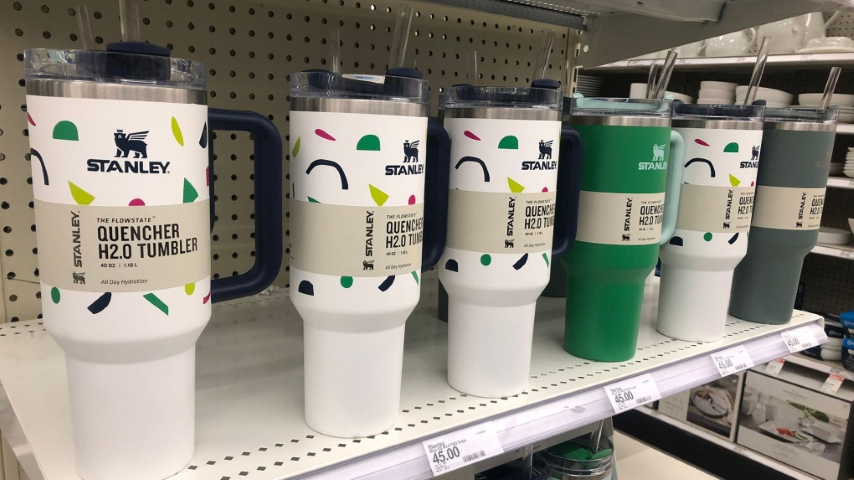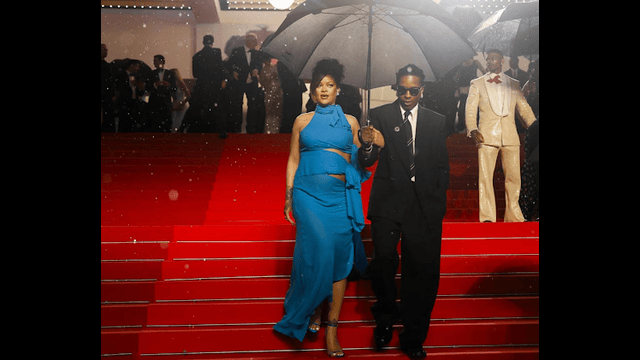
A variety of Stanley cups is on display at a shop in Milwaukee. (Photo by Ricardo Torres/Milwaukee Journal/USA Today Network)
In recent times, social media has been buzzing with videos of people, seemingly ordinary members of society, creating frenzies in stores over limited edition Stanley 1913 cups. Stanley, a brand with a century-long history, has transformed its traditional green workaday drinkware into a diverse range of colours and designs, sparking a cultural phenomenon.
Stanley collectors showcase their vibrant stainless steel treasures on social media, celebrating stickers and silicone accessories for their favourite cups. Even those untouched by the hype have witnessed the proliferation of these oversized hydration totems, reflecting a significant cultural trend.
The question arises: Why do people go to extremes for what essentially is a basic vessel? Charles Lindsey, an associate professor of marketing at the University at Buffalo School of Management, believes it's a manifestation of human nature's desire for novelty. Lindsey notes that consumers constantly seek new experiences, and collecting different cups becomes a way of incorporating variety into their lives.
The recent surge in Stanley Cup popularity can be attributed to effective marketing, particularly targeting women through social media. Fear of missing out (FOMO) is a potent psychological tool that plays a pivotal role in consumer behaviour, and savvy marketing capitalizes on this phenomenon.
In 2020, Stanley's global president, Terence Reilly, targeted women as a potential consumer base and introduced a new palette of colours and designs. Leveraging trusted influencers on social media, the company created a network of trust and recommendation, turning the cups into symbols of social status and being 'in the know.' This strategy proved successful, catapulting Stanley's annual sales from $75 million to a staggering $750 million in 2023.
The Stanley craze, while seemingly focused on a simple cup, is part of a broader trend where brands like Yeti, Nalgene, Hydroflask, and Starbucks have inspired cult-like followings for their drinkware. Lindsey suggests that these cups represent more than just containers; they symbolize aspiration, group affiliation, and lifestyle.
The endowment effect, where the value of an item increases over time as it becomes more familiar, further contributes to the cups' allure. Cups, being simple yet essential, become the canvas for consumer fantasies when social media posts showcase a shiny new Stanley Cup as part of a clean, responsible, well-hydrated lifestyle.
In essence, it's not merely a cup; it's a favourite cup, a go-to cup that holds symbolic value. Whether it's a Stanley-branded cup or any other, it becomes a meaningful part of daily life, embodying the ideal self and often carrying a price tag of $45 or more.















